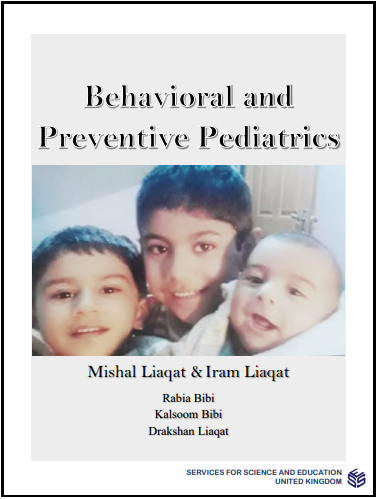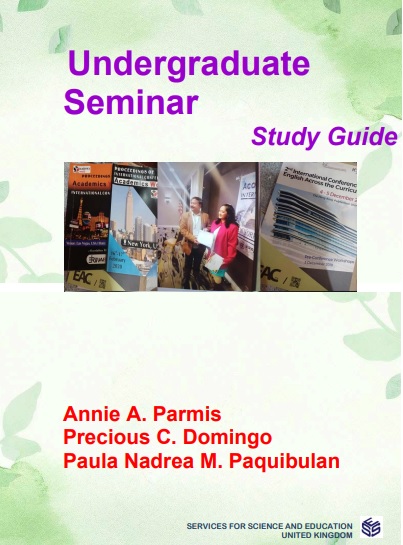The psychology of language deals with the cognitive functions which include perception, memory, thinking, volition, emotion, and behavior. It focuses on the three acts of mental processes: language comprehension, language production, and language acquisition. The psychological study of language dealing with the relationship between the linguistic behavior and psychological processes is called psycholinguistics. Perception has something to do with our senses while memory talks about storing, retaining, and retrieval of information. Meanwhile, there are many types of thinking such as perceptual or concrete, conceptual or abstract, reflective, creative, critical, and non-directive or associative thinking. Volition serves as the initial stage of will. Emotion and feeling are often used interchangeably. What separates them from each other is time. Behavior exhibits with some kind of a discipline, manners, etiquettes, and personality. Finally, language comprehension deals with language perception, word knowledge, figurative language, and pragmatics. A glimpse of some psycholinguistic 25 terms is also included in this unit. Of course, the skits (Skit 1-8) articulated the psychological viewpoints of the topics presented.







